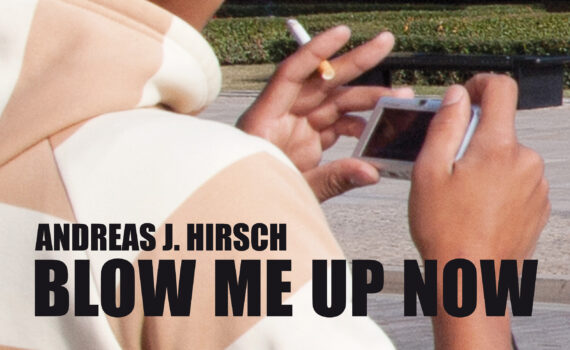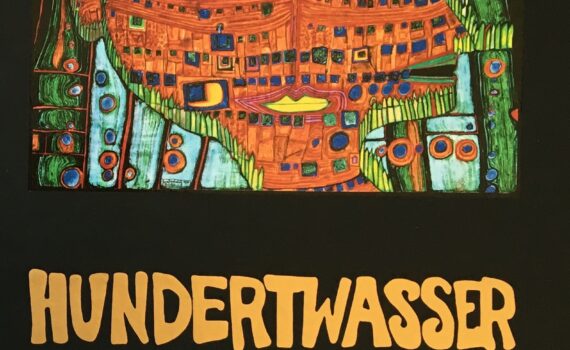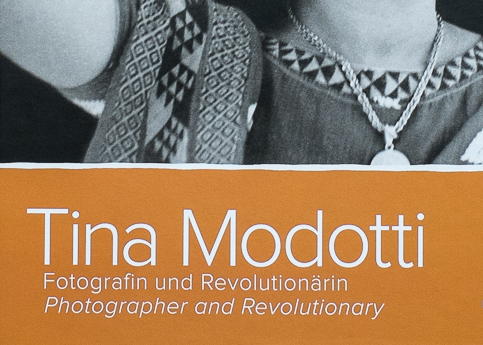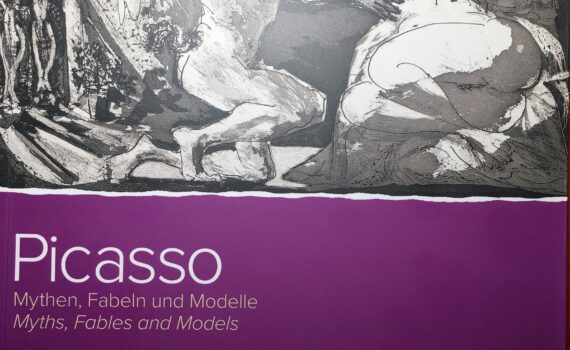THE NOCTURNES OF DAY is the photographic exploration of the inner terrain that connects Andreas J. Hirsch with his father August Hirsch (1924–2010). Exhibitions at eyes on – Month of Photography Vienna, November 2014, and at Gallery Cult, Alghero, Sardegna, July 2016
A Photographic Investigation Into the Gesture and Style of Taking Pictures Exhibition at the Lomography Embassy Lounge, Vienna, 2014
“The time is ripe for a renaissance of Friedensreich Hundertwasser. Born in Vienna as Friedrich Stowasser (1928—2000), this painter was among the most interesting and original protagonists of the international art avantgarde of the 1950s and 1960s. In the 1970s he went on to join the ranks of the twentieth century masters of graphic art, alongside Pablo Picasso, Joan Miró or Salvador Dali. In the mid-1980s he became one of the world’s leading designers of a form of architecture catering to the needs of man and nature in opposition to the mainstream.” Andreas J. Hirsch, The Art of the Green Path — Hundertwasser’s Renaissance, first published in: Andreas Hirsch (ed.), Hundertwasser — The Art of the Green Path, Prestel / […]
“Perhaps it was her compassion, her passionate altruism that was the essence of her life and her work as a photographer. Perhaps it was her compassion that made her a true revolutionary. And perhaps that is why ultimately, her work as a photographer escapes the aura of being fragmentary and incomplete, and appears timeless — because the compassion at its core prevails beyond all constraints of time and place.” From: Andreas J. Hirsch, In Light and in Darkness — Thoughts on Tina Modotti, first published in: Andreas Hirsch & Reinhard Schultz (eds.), Tina Modotti – Photographer and Revolutionary, 2010, KUNST HAUS WIEN Exhibition “Tina Modotti – Photographer and Revolutionary” — 1 July — 7 November 2010, KUNST HAUS WIEN, Vienna, […]
Pablo Picasso “ .. we see Picasso sitting in his studio in the dark of night, a studio that for him is the Corrida Arena under the blazing sun, the arena in which he works indefatigably on the myth while the myth, at the same time, works in him — not although, but precisely because, he fuses it with his own biography. We hear him calling for Rembrandt’s deepest black, we see him focus on his model with the concentrated desire that the years have distilled into the painter’s perfect gaze, like the faun reaching for the sleeping woman in the light of the afternoon.” From: Andreas J. Hirsch, The Oscillating Self-Image in the Myth, first published in:Andreas Hirsch (ed.), […]
Aspects of Radio as Art “While the death of radio as a mass medium is once again being predicted as imminent, recent developments in transmission technology underline what has long been evident: radio is not about the transmission of sound, but of signal. After over a century of innovation, appropriation, and mutation, radio is now being re-invented to become what it has essentially always been – a communications space in the widest possible sense. “Re-Inventing Radio” seeks to explore this space by examining the way in which artists have interacted with radio and other communications media. Radio is commonly understood as the familiar, ubiquitous, broadcast medium dissemininating music, information and entertainment. But this is only one “radio”. “Re-Inventing Radio” looks […]





